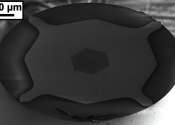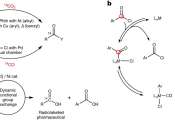Centipedes used in traditional Chinese medicine offer leads for kidney treatment
A venomous, 8-inch centipede may be the stuff of nightmares, but it could save the life of those affected by kidney disease. Researchers report in the Journal of Natural Products that the many-legged critter—used in traditional ...









